Roppongi Art Night
On the rare occasions I venture into Roppongi it always confirms what I think about the place. It’s full of rich people shopping and ayashii foreigners with girl(s) in tow. It’s a place of cold, pristine department stores, contrasted with glaring, depressing ‘gentlemen’s clubs’. Somewhere in this mess you get the Blue Man Group, the Mori building, a large spider sculpture…and Super Deluxe.
So, I was a little cynical about Roppongi Art Night. Would it just be a cheesy corporate event? Would it just be ignored by folks heading to night clubs? Indeed, the critics would be quick to point out that the art works haphazardly on display were meaningless, that more thought had gone into how best to achieve a light effect than in creating an interesting art work. The whole thing was simply a series of keitai snap-shot opportunities for youngsters on dates.
Well, perhaps they would be right. But for me it did not wholly detract from the enormous, positive energy I felt navigating the Mori complex and stumbling upon weird goodies. All the works were exciting, visually arresting (and yes, achieved for the most part by light effects). The overall idea seemed to be to make as strange a playground as possible and to put things in unlikely spots, to do things you didn’t think possible.
The park behind the Mori Hills was shimmering in mist. A massive robot towered over pedestrians. A zoo had invaded a plaza. The Roppongi Crossing highway was lit up. White boxes contained surprises. Images danced on the floor.
The army of uniformed staff and the posters and maps were all very helpful, though it did seem to generate an atmosphere akin to a conference at times, and I kept thinking wouldn’t it more fun without any guidance, to round a corner and find something by surprise?
These quibbles aside, I liked Roppongi Art Night. With its talks, performances, and sculptures it offered something for most tastes. And it all did what public art should always do: it created a reaction.
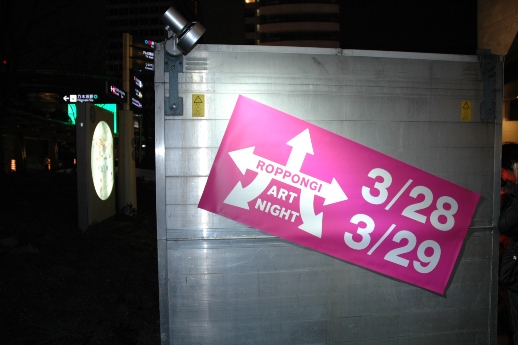
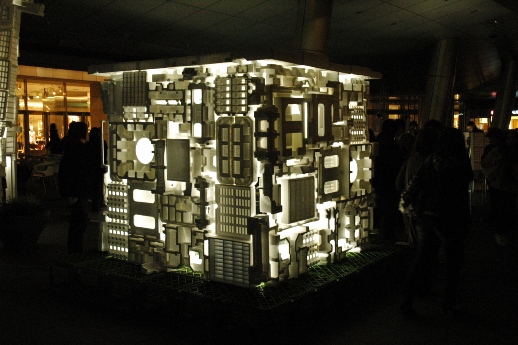
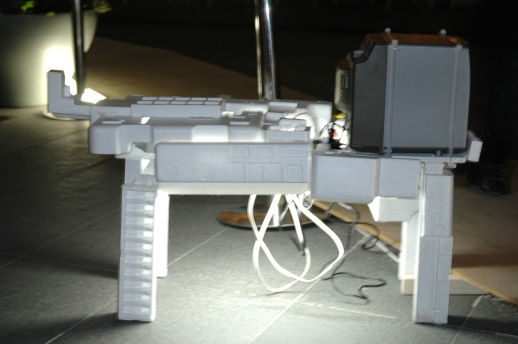
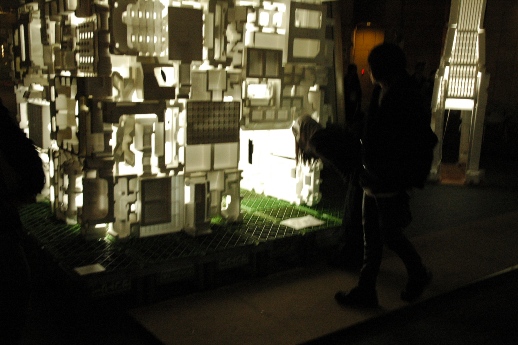
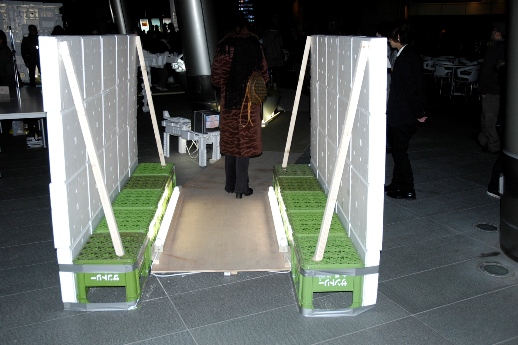
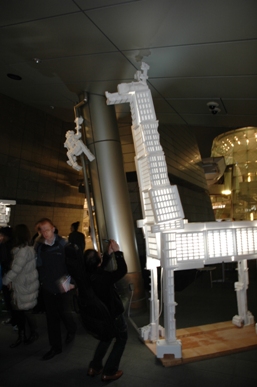
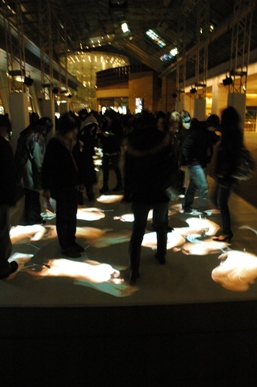
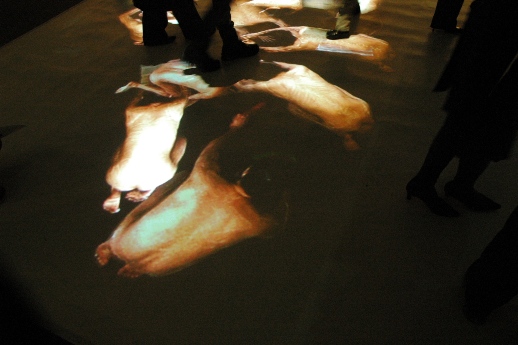
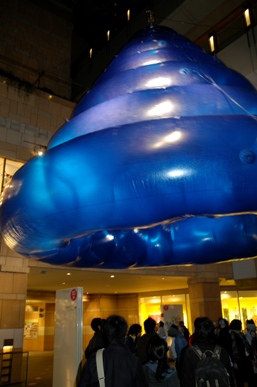
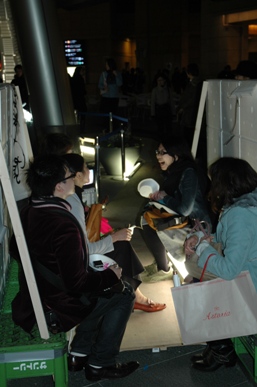
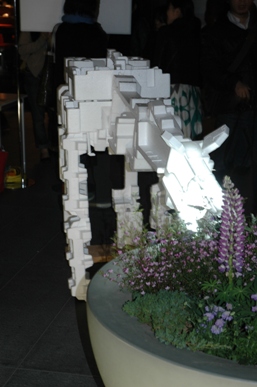
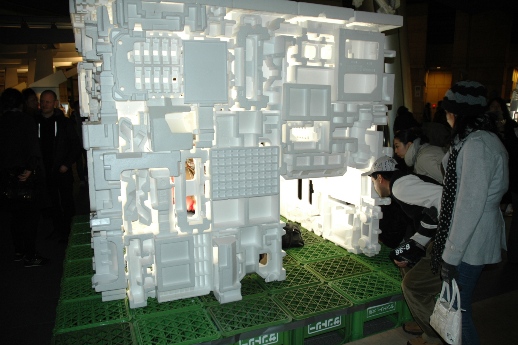
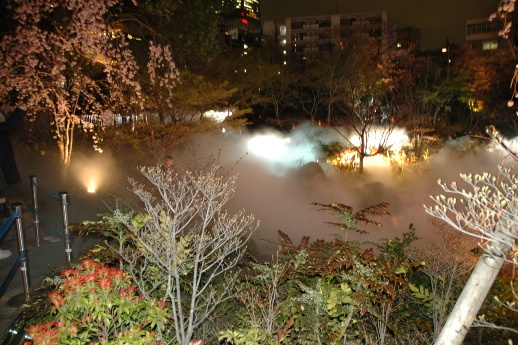
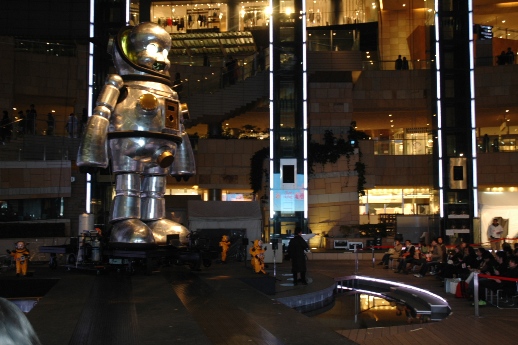
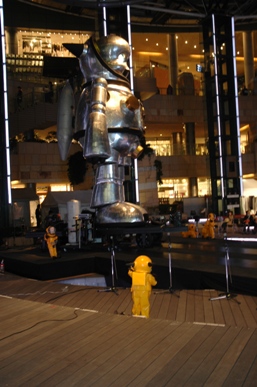
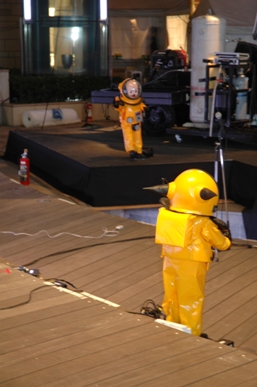
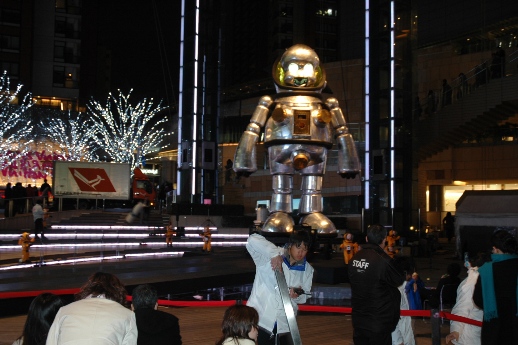
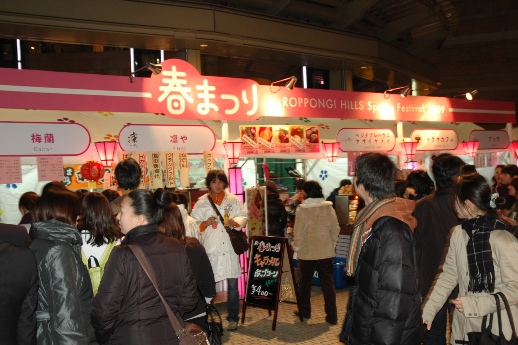
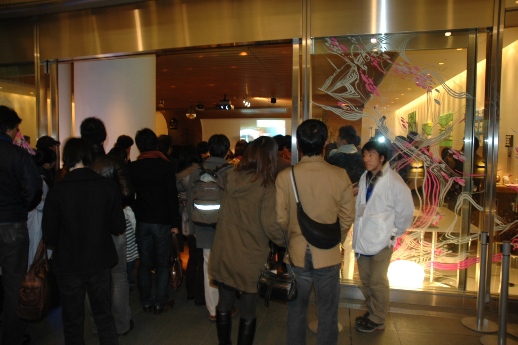
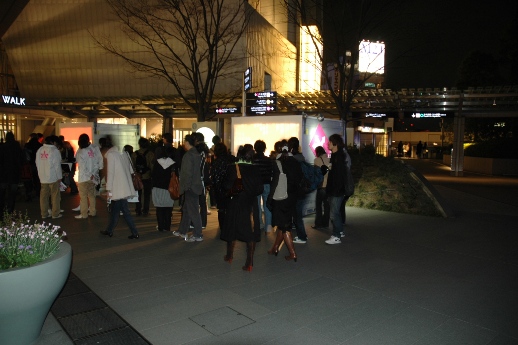
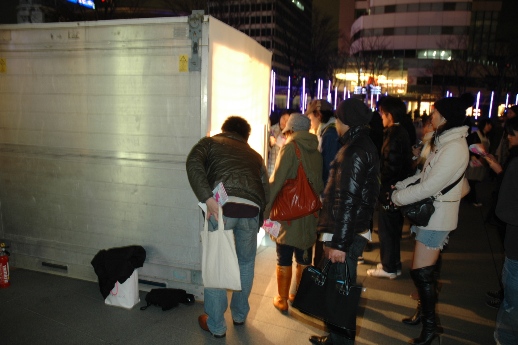
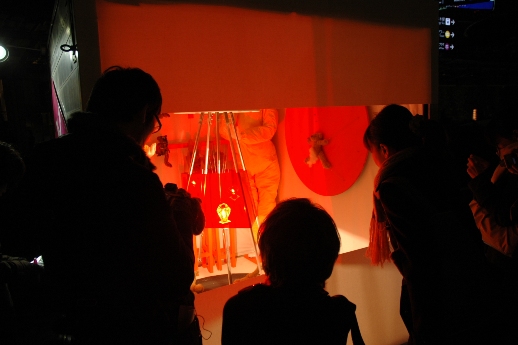
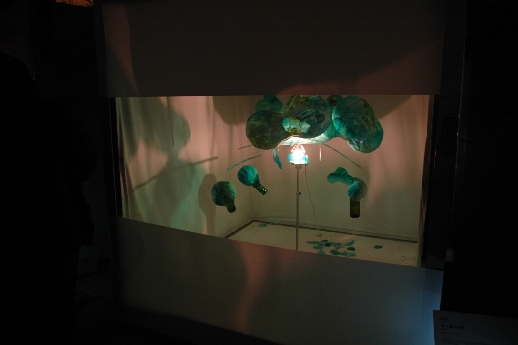
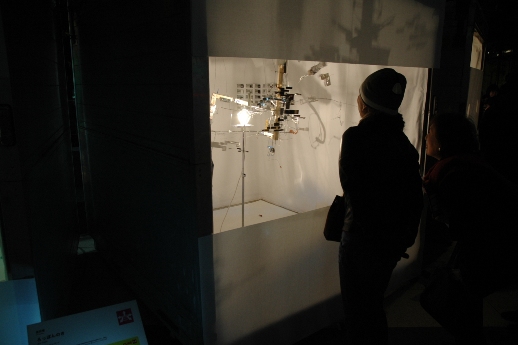
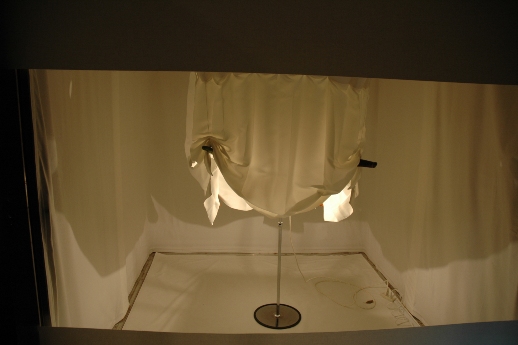
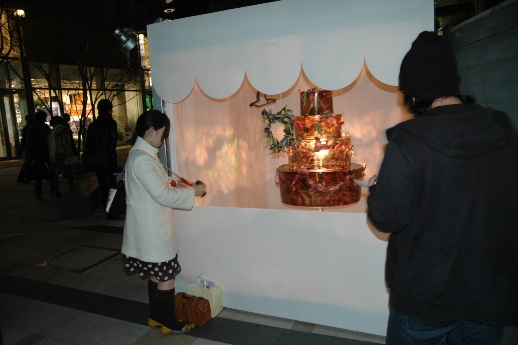
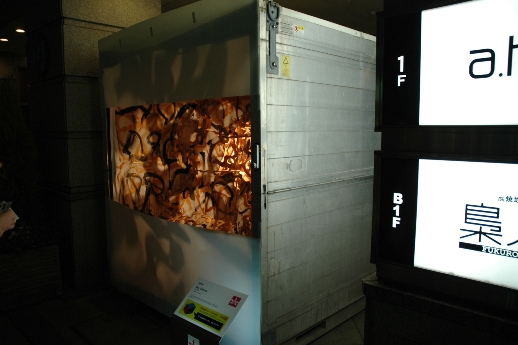
William Andrews
William Andrews



